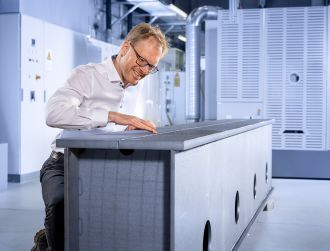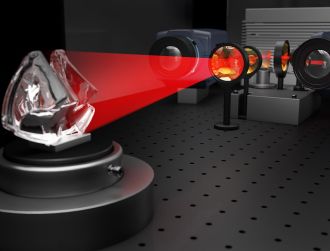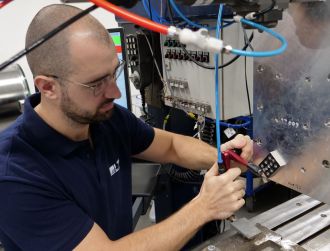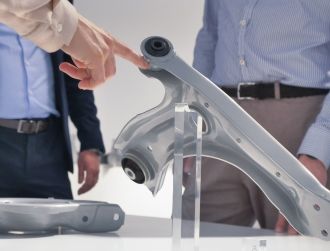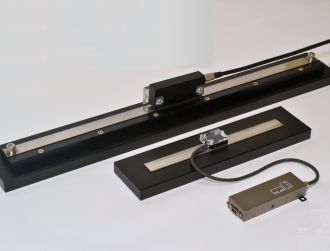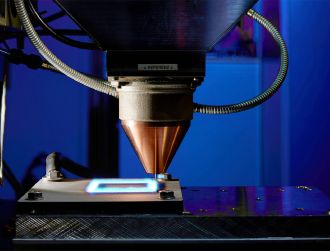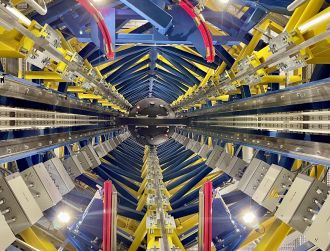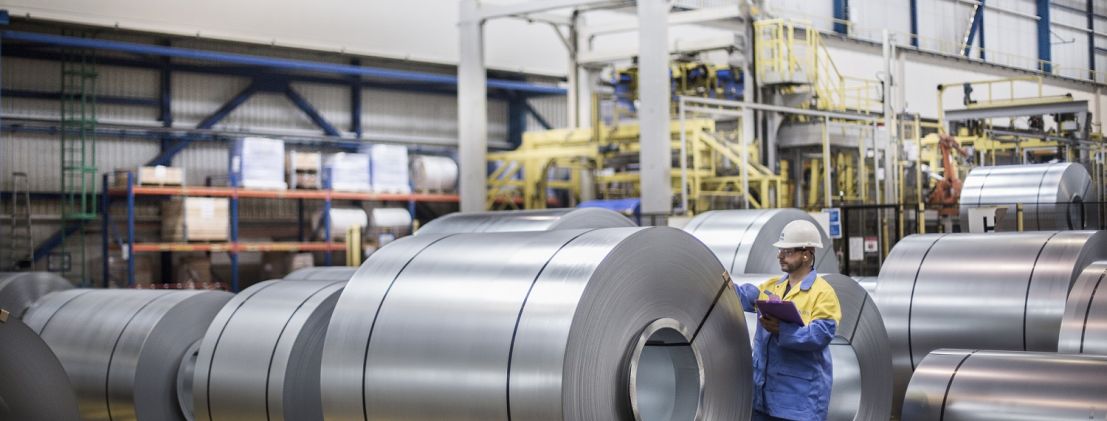
Tata Steel and Ford ink MOU for Zeremis green steel supply
Tata Steel Nederland has signed a memorandum of understanding with Ford in Europe to supply the carmaker with Zeremis green steel once the IJmuiden steelworks switches to green hydrogen-based steelmaking.
Securing future supply of more environmentally-friendly produced steel is essential to enable Ford to reach its 2035 carbon neutrality target. The agreement makes Ford the first customer committed to offtake the green steel that Tata Steel plans to produce via the hydrogen route, which is more sustainable and cleaner than the current steel-making method.
As Ford already targets the use of low-CO2 steel in its all-new, all-electric, medium-sized crossover, which will start production in Europe in 2023, the companies intend to explore opportunities to use other green steel products. This includes, for example, Tata Steel’s recently launched Zeremis Carbon Lite, steel with an allocated carbon footprint reduction of up to 100%. The lower CO2 intensity is based on CO2 savings realised within Tata Steel Nederland and is verified by independent assurance expert DNV.
Sustainability is noticeably higher on customers’ agenda
“Our customers, like us, want to take care of our planet, and we are taking the necessary steps on this journey, providing the vehicles they need to make a positive contribution against climate change, produced in a more sustainable way,” said Sue Slaughter, Ford Purchasing Director, Supply Chain and Sustainability. “Improvements within our supply chain are key, and with the use of carbon-neutral steel we will take a major step towards lowering the CO2 footprint of our vehicles.”
“We have a very ambitious plan towards a sustainable future for our steelworks and see a strong match between our ambitions and those of our customers. We are therefore pleased and proud of Ford in Europe's confidence in our steel products, services and intensive collaboration as well as the implementation of our green steel plan,” added Hans van den Berg, Chairman of the Board of Management of Tata Steel Nederland.
“While we are transitioning to become a producer of large quantities of high-quality green steel, we can already supply our customers with a significant amount of high-quality low-CO2 steel today and thus make their product offering more sustainable. By aligning our sustainability ambitions with customers like Ford, we can create an early market for green steel, speed up the transition and meet the expectations of society at large.”
Steel: the most common material used in car manufacturing
More than half the weight of an average car consists of steel, and a car can consist of dozens different types of steel. All types vary in strength, weight, formability, magnetic properties and coating types. From a safety, environmental and aesthetic point of view, there is a constant desire to make steel stronger, lighter and smoother. And with the growing popularity of electric cars, the design principles of cars are increasingly changing and so are the requirements that a car manufacturer places on steel.
In the last ten years, Tata Steel has introduced more than sixty innovative products, ranging from new steels that make cars lighter – without compromising safety – and steels that double the corrosion resistance so that they last even longer, to steels that are easier to process by car manufacturers – lowering their production costs – and steels that improve the efficiency of the (electric) drive train.


